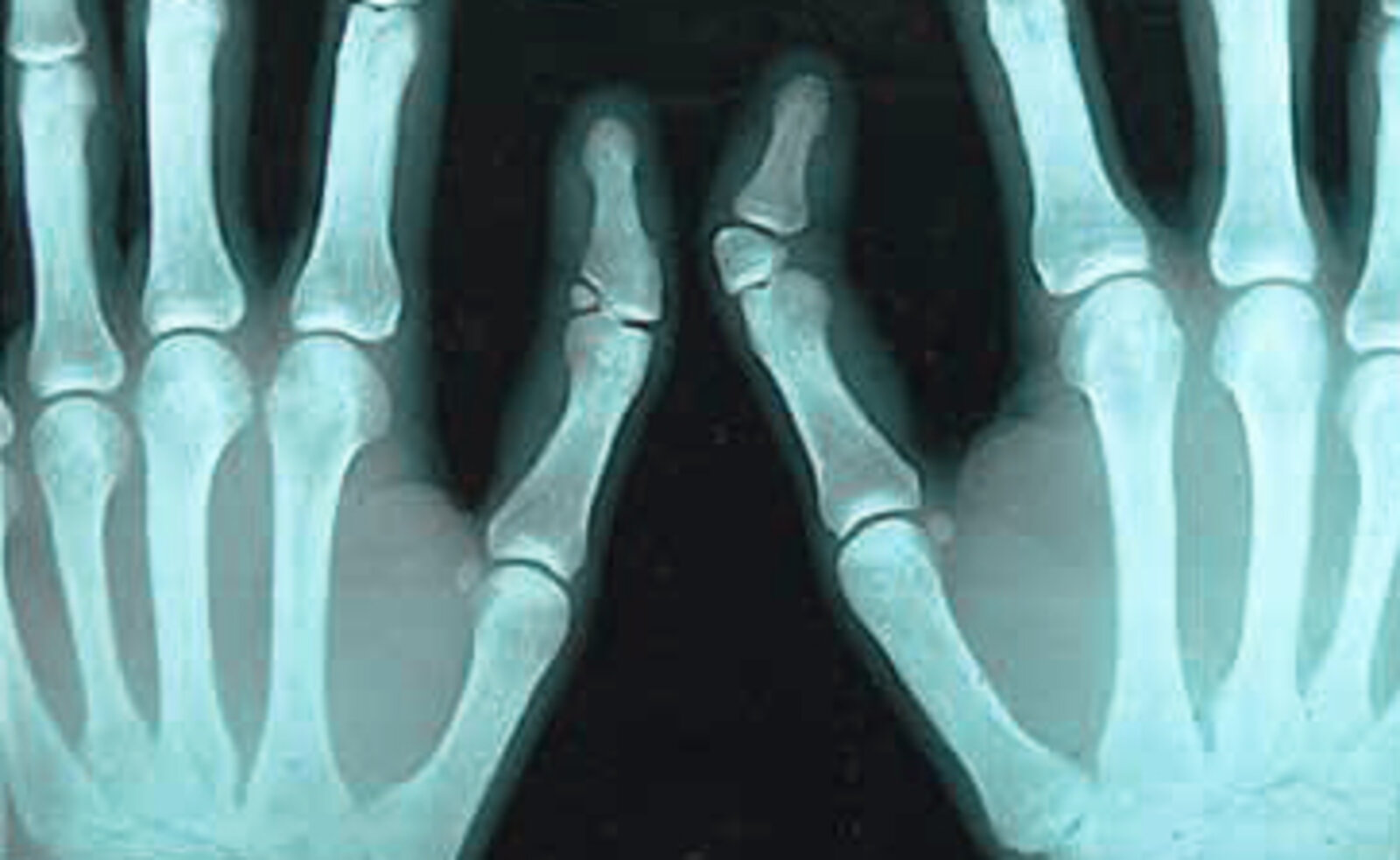Overview
Description: normocytic, normochromic anemia characterized by a severe reduction in circulating reticulocytes and marked reduction or absence of erythroid precursors in the bone marrow
Pathophysiology: thought to be related to abnormal T-cell function and IgG antibodies that target erythroblasts and erythropoietin
Etiology
Acquired
Most often idiopathic
Possible associated conditions
Congenital: Diamond-Blackfan anemia (DBA) : see below
Diagnostics
Low reticulocyte count Bone marrow biopsy shows marked reduction or absence of erythroid precursors.
Treatment
Treatment of the underlying cause (e.g., cessation of possible offending agents, thymectomy)
Red blood cell transfusion for symptomatic patients
Immunosuppressive and/or cytotoxic agents (e.g., glucocorticoids, cyclosporine, cyclophosphamide)
Diamond-Blackfan anemia
Description
Intrinsic defect of erythroid progenitor cells → ↑ apoptosis Usually autosomal dominant inheritance or associated with impaired ribosome synthesis mutations
Rapid onset of macrocytic (nonmegaloblastic) anemia in infancy (usually diagnosed within the first year of life)
Additional clinical features: physical abnormalities manifest in ∼50% of affected individuals
Fatigue, poor feeding
Short stature , webbed neckUpper extremity malformations (e.g., triphalangeal thumbs) Microcephaly, micrognathia
Hypertelorism, flat nasal bridge, cleft palate
Congenital cataracts or glaucoma
Atrial and ventricular septal defects
Diagnostics
Electrophoresis
Elevated HbF levels Low total Hb levels
Specific laboratory findings
Elevated erythrocyte adenosine deaminase levels (eADA)
Increased expression of i antigen in RBCs
